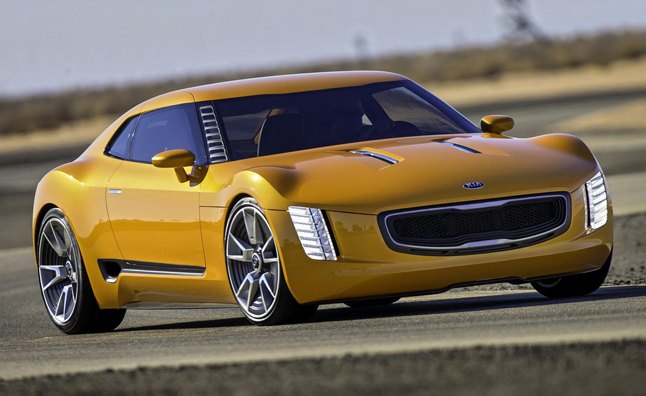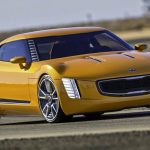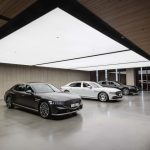Curiosity Drives Kia’s Design Vision
Kia, the South Korean automotive giant, has been making waves in the luxury car market with its innovative and emotionally charged design philosophy. At the heart of this transformation is Peter Schreyer, the brand’s design boss, who has been advocating for more emotionally-styled flagship products. During a recent interview at the New York Auto Show, Schreyer expressed his desire to see more concept cars transition into production models, enhancing Kia’s brand image and market position.
One of the standout examples of Kia’s design prowess is the GT concept, initially revealed at the Frankfurt Motor Show. This design study eventually evolved into the K900, Kia’s top-tier luxury model that competes with German super-sedans like the S-Class and 7 Series. Despite the success of the K900, Schreyer believes that Kia needs more flagship models to solidify its brand identity.
Over the past few years, Kia has unveiled several bold concept cars, though few have made it to production. The Trackster concept, a hot hatch unveiled in Chicago, and the Niro concept, showcasing Kia’s interest in hydrogen drivetrains, are prime examples. Most recently, the GT4 Stinger, a rear-wheel-drive sports car concept, was showcased in Detroit, hinting at Kia’s potential future direction.
Schreyer emphasized the importance of halo cars, which serve as brand image boosters. He noted that while these vehicles may not be high-volume sellers, their impact on brand perception is significant. This sentiment was echoed by Hyundai Motor America CEO Dave Zuchowski, who highlighted the distinct design paths that Hyundai and Kia are pursuing.
Despite Schreyer’s enthusiasm for models like the Stinger, Kia’s product planning vice president, Orth Hendrick, has downplayed the likelihood of a small sports coupe entering production. Hendrick cited high development costs as a major barrier, despite the positive reception of such concepts.
The conversation around Kia’s design future is a testament to the brand’s commitment to innovation and differentiation in the automotive industry. As Kia continues to explore new design directions and technologies, the potential for groundbreaking models remains a tantalizing prospect for car enthusiasts and industry observers alike.
For those interested in the technical aspects of automotive design and innovation, Kia’s journey offers a fascinating case study. From concept to production, the brand’s ability to balance creativity with practicality is a key driver of its success.
In conclusion, Kia’s design strategy, under the leadership of Peter Schreyer, is poised to redefine the brand’s image and influence in the global automotive market. As the company explores new possibilities, the role of design as a catalyst for innovation and market expansion becomes increasingly evident.
For more information on Kia’s innovative approaches and automotive solutions, visit this link.
https://autoplovykla.lt/ru/avtomoyki/vilnius/
https://automondis.lt/geriausi-komponentiniai-garsiakalbiai-kad-jusu-automobilio-garsas-skambetu-geriau/
https://alkestaauto.lt/10-geriausiu-automobiliams-skirtu-palydovines-radijo-imtuvu/












